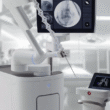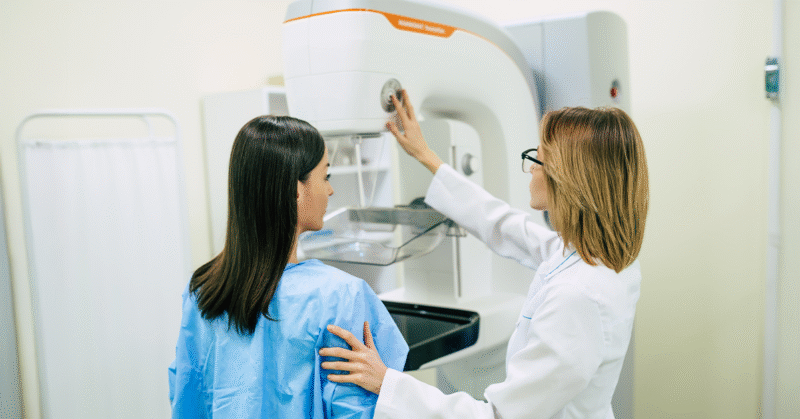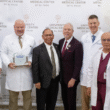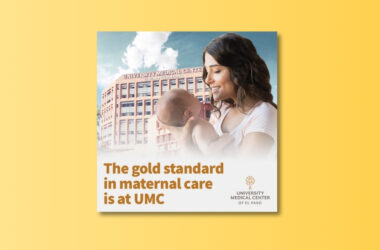As every year, October paints itself pink to commemorate Breast Cancer Awareness Month. This month is the perfect opportunity to reflect and raise awareness of the importance of regular screenings.
According to the National Breast Cancer Foundation, 1 in 8 women in the United States will be diagnosed with breast cancer in their lifetime. It also estimates that by the end of 2025, at least 316,950 women and 2,800 men will be diagnosed with breast cancer.
Early detection is key to increasing the chances of survival, and informed decisions could change the outcome of a diagnosis.
What Is Breast Cancer?
Breast cancer is a disease in which malignant cells form in the tissues of the breast. It usually begins either in the ducts (which carry milk to the nipple) or the lobules (glands that produce milk). Over time, the cancer can spread to surrounding tissues or other parts of the body.
There are several types of breast cancer, with the most common being invasive ductal carcinoma. While most cases occur in women, men can also develop breast cancer, though it is much rarer.
Risk Factors and Signs to Watch For
While anyone can develop breast cancer, the U.S. Centers for Disease Control and Prevention (CDC) identifies certain risk factors that may increase the risk:
- A family history of breast or ovarian cancer
- Genetic mutations, like BRCA1 and BRCA2
- Aging, as most breast cancers are diagnosed after the age of 50
- Personal history of breast conditions
- Dense breast tissue
- Hormone therapy and lifestyle factors, like alcohol use and obesity
Common signs and symptoms to keep an eye on include:
- A new lump in the breast or underarm
- Changes in breast size or shape
- Nipple discharge, other than breast milk
- Dimpling or puckering of the breast skin
- Redness or flaky skin on the breast or nipple
- Pain in any area of the breast
If you notice any of these symptoms, it’s important to speak with a healthcare professional as soon as possible.
How Often Should You Get Screenings?
The American Cancer Society recommends the following general guidelines:
- Women aged 40–44: Have the option to start annual mammograms if they wish.
- Women aged 45–54: Should get mammograms every year.
- Women 55 and older: Can switch to mammograms every two years, or continue yearly screening.
Clinical breast exams and self-exams can also be part of a regular health routine, but are not substitutes for mammograms.
Make Your Health a Priority
At University Medical Center of El Paso, we are committed to your health and well-being. During Breast Cancer Awareness Month, we encourage our community to take proactive steps by scheduling a screening or sharing this vital information with loved ones.
It is important to monitor your health regularly to prevent, detect, and manage potential risks. At University Medical Center of El Paso (UMC), our health professionals are here to support your overall well-being. Call 1-800-473-8440 or 915-479-3484 today to schedule an appointment, or visit www.umcelpaso.org to learn more.










